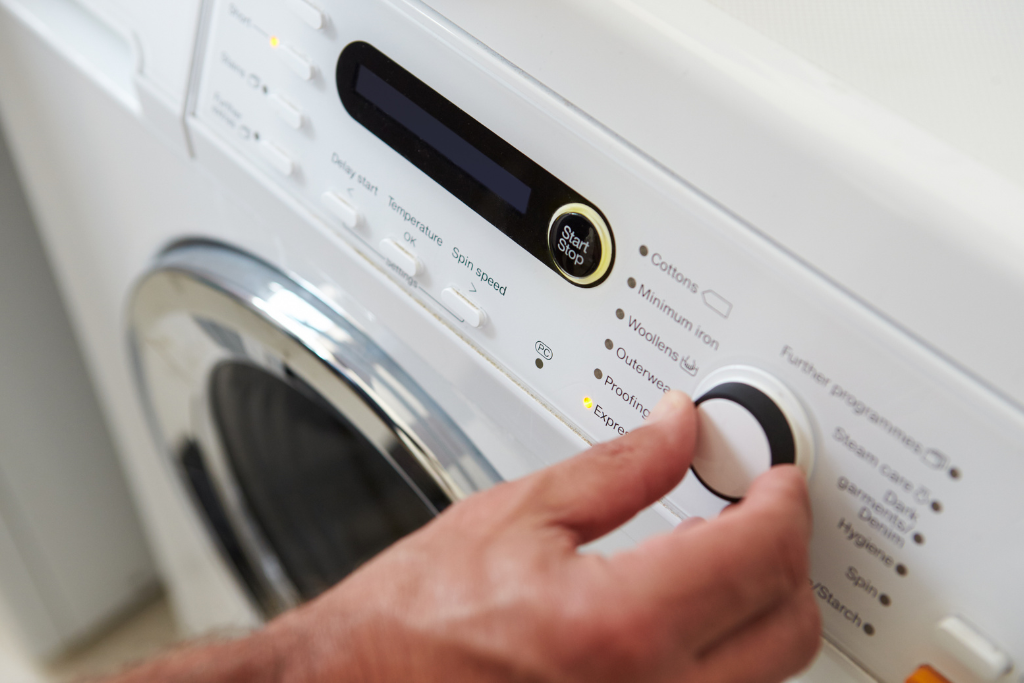
Washing Machine Repair in London: Your Ultimate Guide
Get Best Washing Machine repair in London
Is your washing machine on the fritz? Living in a bustling city like London, a malfunctioning washing machine can throw a wrench into your daily routine. Fear not! Whether it’s a minor glitch or a major breakdown, this guide will walk you through everything you need to know about washing machine repair in London.
Common Washing Machine Problems
Before diving into repair options, it’s helpful to identify common washing machine issues:
-
- Won’t Turn On: This could be due to a faulty power supply, a blown fuse, or a damaged power cord.
-
- Not Draining Properly: Often caused by a clogged drain hose or pump filter.
-
- Strange Noises: Loud banging or clanging can indicate an unbalanced load, worn bearings, or objects caught in the drum.
-
- Leaking Water: Check for damaged door seals, hoses, or connections.
-
- Not Spinning: This might be due to a worn drive belt, faulty motor, or problems with the control board.
DIY Troubleshooting Tips
Before calling in the professionals, try these troubleshooting tips:
-
- Check the Power: Ensure the washing machine is properly plugged in and that the socket is functional.
-
- Inspect Hoses and Filters: Clean the pump filter and check for blockages in the drain hose.
-
- Balance the Load: Ensure your laundry is evenly distributed to prevent excessive vibrations.
-
- Door Seal: Inspect the door seal for any signs of wear and tear or obstructions.
Professional Repair Services
When DIY fixes don’t cut it, it’s time to call in the experts. London boasts a plethora of skilled washing machine repair services. Here’s what to look for:
-
- Experienced Technicians: Choose a company with certified and experienced technicians.
-
- Prompt Service: Look for repair services that offer same-day or next-day appointments.
-
- Warranty: Opt for services that provide a warranty on parts and labor.
-
- Transparent Pricing: Ensure the company offers upfront pricing with no hidden fees.
Top Washing Machine Repair Services in London
Here are a few reputable washing machine repair services in London:
-
- Euro Appliances London: Known for their quick response time and reliable service. They handle all major brands and models.
-
- Washing Machine Repairs London: Offers affordable and efficient repair services with a focus on customer satisfaction.
-
- Domex: With over 15 years of experience, Domex provides professional and guaranteed washing machine repairs.
-
- Repair Aid London Ltd: Specializes in a wide range of home appliances, including washing machines. They offer a fixed price repair service.
Preventative Maintenance Tips
To extend the life of your washing machine and minimize future repairs, follow these maintenance tips:
-
- Regular Cleaning: Clean the drum, detergent drawer, and filters regularly to prevent buildup.
-
- Avoid Overloading: Stick to the manufacturer’s recommended load capacity to prevent strain on the machine.
-
- Use the Right Detergent: Use high-efficiency (HE) detergent to prevent excessive suds and residue.
-
- Inspect Hoses: Regularly check hoses for signs of wear and replace them every few years to prevent leaks.
Conclusion
A functional washing machine is essential for a smooth-running household. Whether you’re dealing with minor issues or major malfunctions, London’s diverse range of professional repair services has you covered. By following preventative maintenance tips and knowing when to call in the experts, you can keep your washing machine in top condition for years to come.
For more tips and advice on home appliance maintenance, stay tuned to our blog!
A functional washing machine is essential for a smooth-running household. Whether you’re dealing with minor issues or major malfunctions, London’s diverse range of professional repair services has you covered. By following preventative maintenance tips and knowing when to call in the experts, you can keep your washing machine in top condition for years to come.

